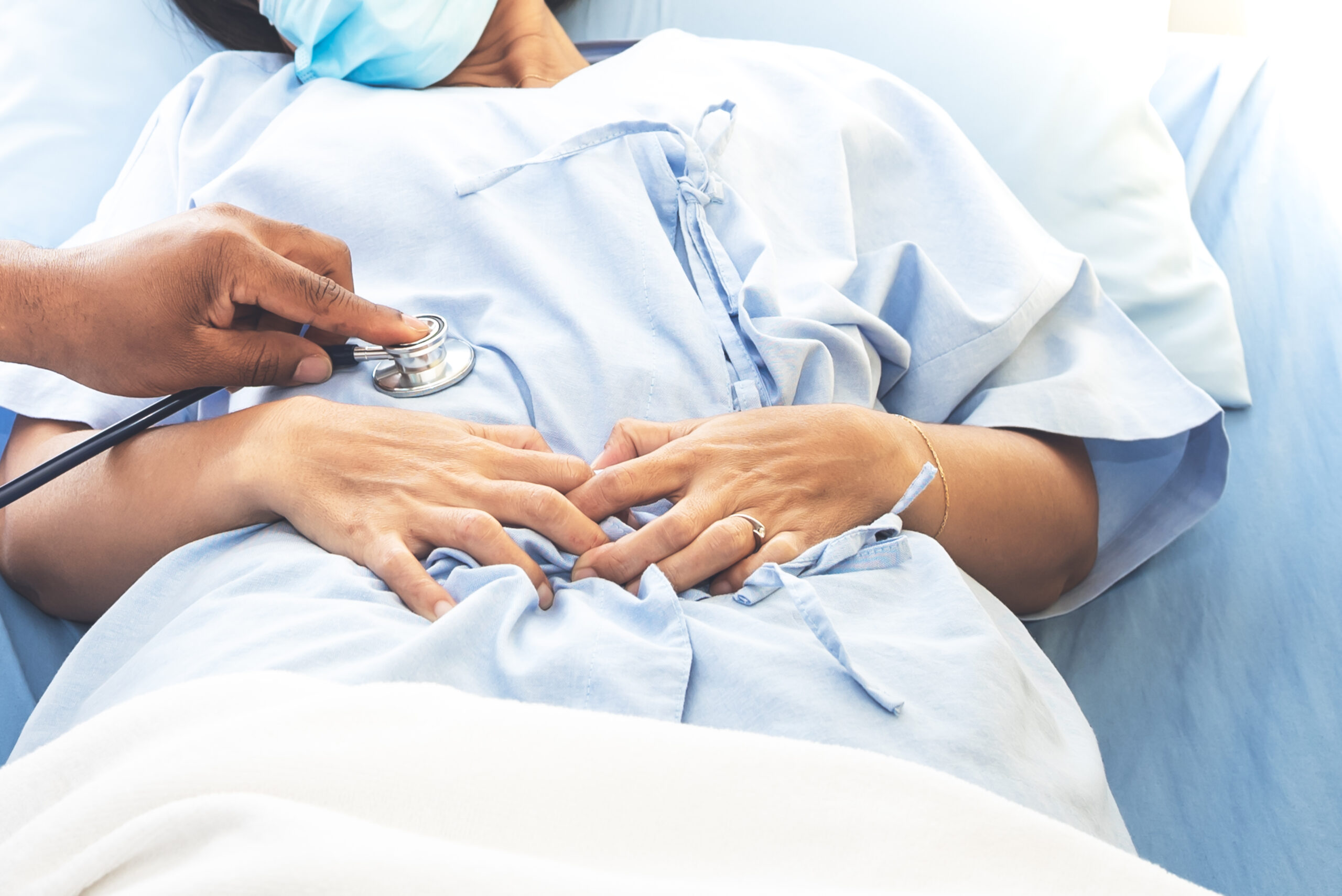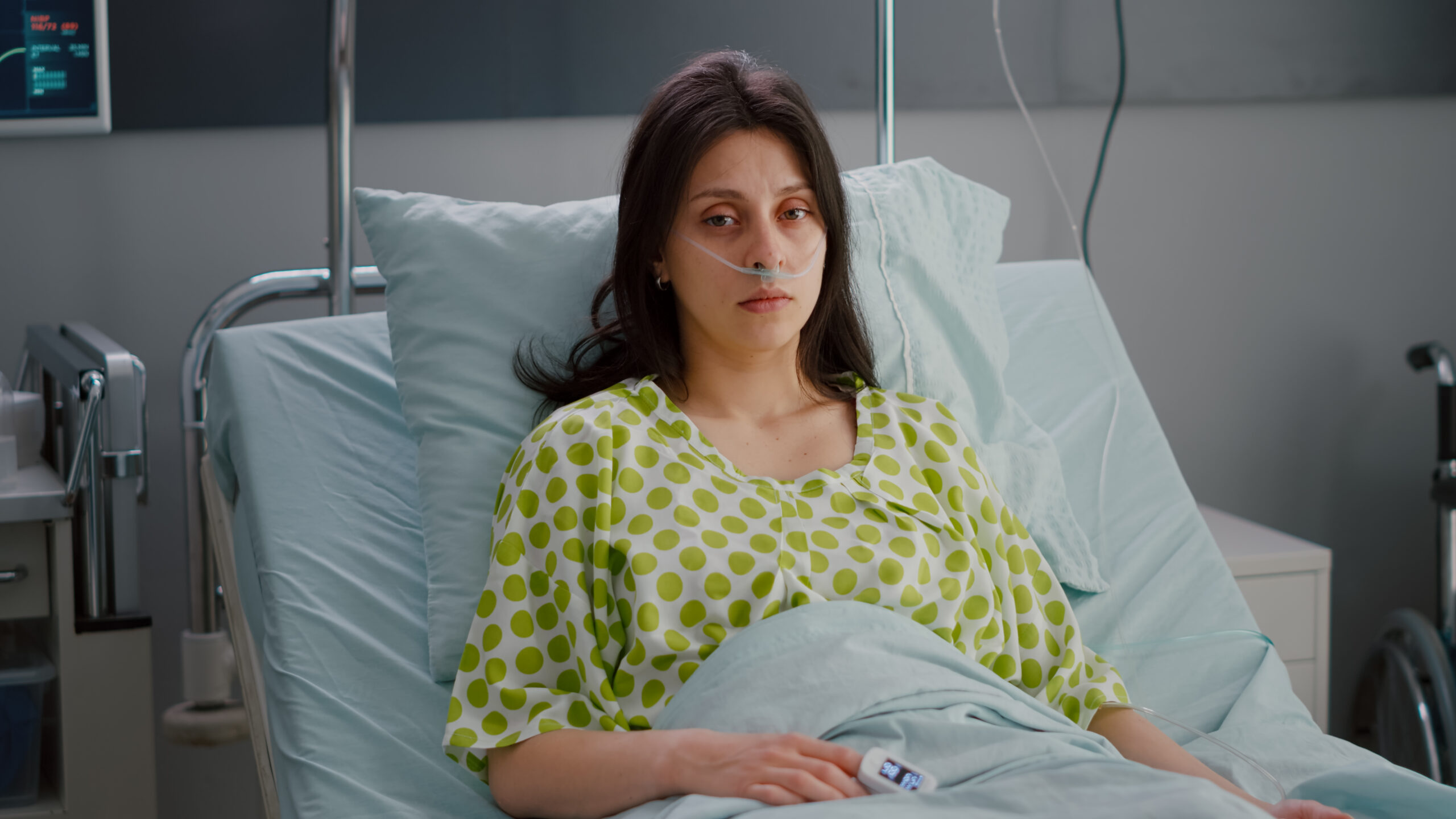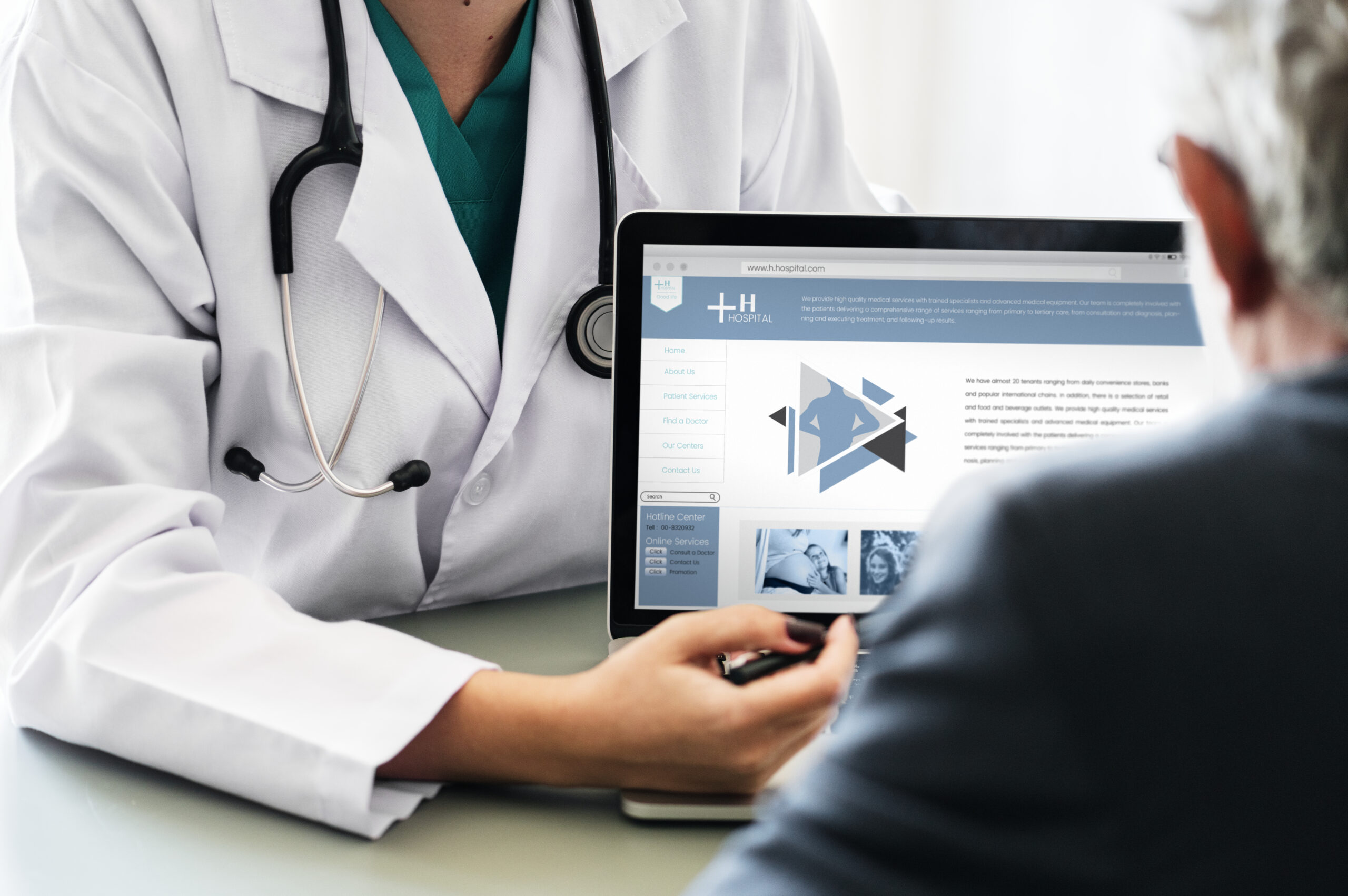Laser Procedures
Laser Procedures
Laser procedures are advanced, minimally invasive treatments used for various medical conditions, offering faster recovery and reduced complications. They are commonly used to treat piles, fissures, anal fistula, and pilonidal sinus, which can cause significant discomfort and affect daily life. These conditions may develop due to factors like chronic constipation, prolonged sitting, obesity, or infections. Laser surgery provides a precise, bloodless alternative to traditional methods, ensuring minimal pain and quicker healing. If left untreated, these issues can worsen, leading to severe pain, infection, or complications. Early diagnosis and laser treatment can prevent further discomfort and reduce the risk of recurrence. In some cases, patients may experience mild swelling or discomfort, which usually resolves within days. Maintaining proper hygiene, a fiber-rich diet, and staying hydrated can help prevent these conditions. Regular follow-ups with a healthcare professional ensure effective treatment and long-term relief.

Exploring the Causes & Risk Factors of Laser Procedures
Understanding the causes of umbilical hernia is crucial for proper prevention, timely intervention, and overall well-being.
Chronic Straining and Constipation
Repeated straining during bowel movements puts excessive pressure on anal tissues, leading to conditions like piles and fissures. Poor dietary habits, low fiber intake, and dehydration can worsen the issue over time. Overuse of laxatives or ignoring the urge to pass stool can further weaken bowel function, increasing the risk of complications.


Infections and Poor Hygiene
Bacterial infections in the anal region can cause abscesses, fistulas, or pilonidal sinus formation. Lack of proper hygiene and prolonged moisture retention increases the risk of these conditions developing. Wearing tight clothing, excessive sweating, or frequent shaving in the affected area can also create a breeding ground for infections.
Sedentary Lifestyle and Obesity
Sitting for extended periods and excess body weight exert pressure on anal and rectal structures. This can lead to poor blood circulation, increasing the likelihood of developing piles, fistulas, or pilonidal sinus. A lack of physical activity slows digestion, contributes to constipation, and aggravates existing anorectal conditions, making them harder to treat.

Benefits of Laser Procedures

No major incisions, less tissue damage, reduced pain, quicker healing, minimal scarring, faster mobility.

Heals faster than traditional surgery, enabling a quick return, improved comfort, enhanced well-being.

Seals vessels instantly, and discomfort effectively, better outcomes, smoother recovery.
Precise laser treatment lowers bacterial contamination, preventing surgical complications.
Outpatient procedure minimizes hospitalization, allowing same-day patient discharge.
Targets affected tissues precisely, protecting surrounding healthy areas efficiently.

Treatment Options
- Laser Hemorrhoidoplasty : A non-invasive laser technique to shrink and remove hemorrhoids safely.
- Laser Fistulotomy:A precise laser procedure that removes anal fistulas with minimal pain.
- Laser Sphincterotomy:Used to treat anal fissures by relieving pressure on the anal muscles.
- Laser Pilonidoplasty: A quick and effective laser treatment for pilonidal sinus with faster healing.

Common conditions include piles, fissures, anal fistulas, and pilonidal sinus.
Laser procedures use focused light energy to treat affected tissues with precision.
Side effects are minimal, with mild discomfort, swelling, or temporary redness possible.
Most patients recover within 7 days, depending on the condition and individual healing.
Patients with chronic anal conditions unresponsive to medication or lifestyle changes benefit most.
